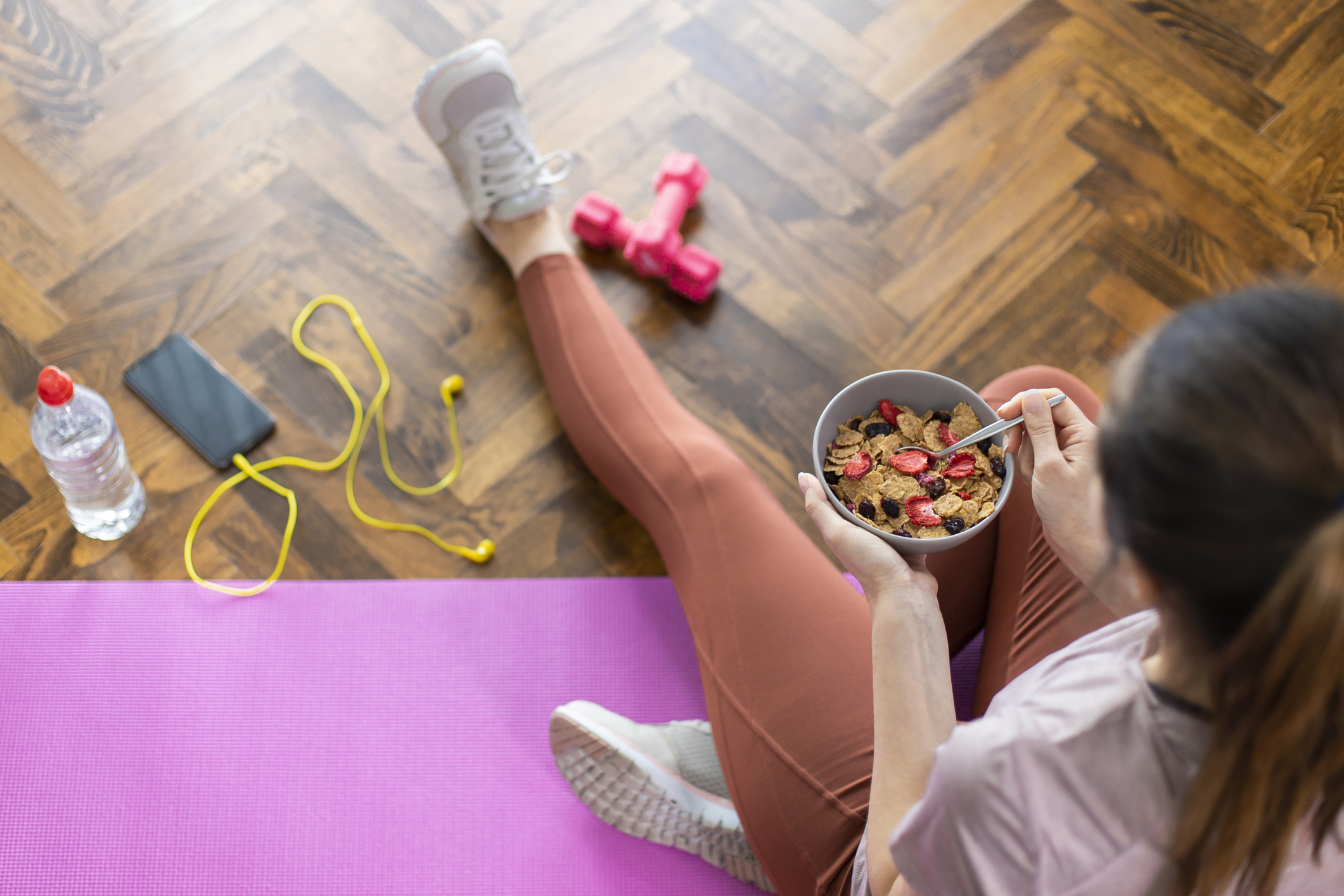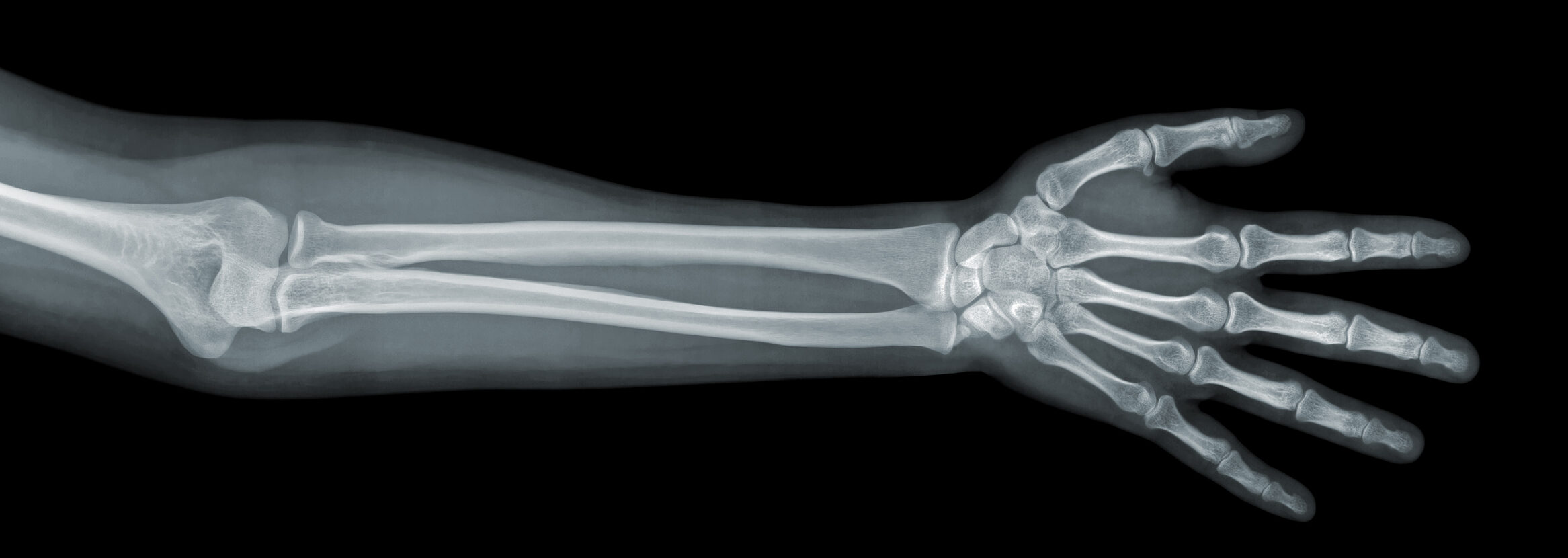Learning objectives
Knowledge
- To explain how muscles are used for movement.
Science in action
- To explore scientific advances.
Success criteria
Knowledge
- I can recall
This content is for subscribers only. Join for access today.
National curriculum
Science
Animals, including humans
Pupils
This content is for subscribers only. Join for access today.
Cross-curricular links
Design and technology
Make
Pupils
This content is for subscribers only. Join for access today.
Before the lesson
This content is for subscribers only. Join for access today.
Lesson plan
Recap and recall
Display the Presentation: Movement is the answer and ask the children to think of questions that would result in the word ‘movement’ (or other derivatives, such as move or moving).
This content is for subscribers only. Join for access today.
Extended-mode explainer videos
How to extend your display to view the lesson page and preseantion mode simultaneously. Choose your operating system below to watch the video
If you need further support with extending your display,
please contact [email protected].
Extended-mode explainer video: For Mac
Extended-mode explainer video: For Windows
Adaptive teaching
Pupils needing extra support
Could work in small groups to be responsible for one finger each and produce the hand as a team effort; should watch the Pupil video: Making a model hand on a loop when creating their hand; could use the Activity: Model hand template to support construction; could have the resources pre-cut.
Pupils working at greater depth
Should make comparisons between their model hands, bionics/prosthetics and real arm and hand movement; could choose an extension activity relating to muscles and movement from the Resource: Stretch and challenge: Movement and nutrition.
This content is for subscribers only. Join for access today.
Assessing progress and understanding
Pupils with secure understanding indicated by: recalling that muscles cause movements in
This content is for subscribers only. Join for access today.
Knowledge outcomes
- I can recall that there are different types of muscle in the body, for example, voluntary or involuntary control.
- I can describe some examples of where muscles cause movement: for example, muscles make the heart beat and push blood around the body, muscles push food through the digestive system and muscles cause the skeleton to move.
- I can describe that a muscle changes shape (shortens) to pull on another structure.
- I can explain how scientific research has helped with prosthetics: for example, finding new materials, improving the movement of fingers and linking a prosthetic to the brain.
This content is for subscribers only. Join for access today.
Vocabulary definitions
-
contract
When a muscle shortens and pulls to cause movement.
-
involuntary
When something cannot be done by thinking about it.
This content is for subscribers only. Join for access today.
Example work

Barton Moss Primary School, Manchester
This content is for subscribers only. Join for access today.




